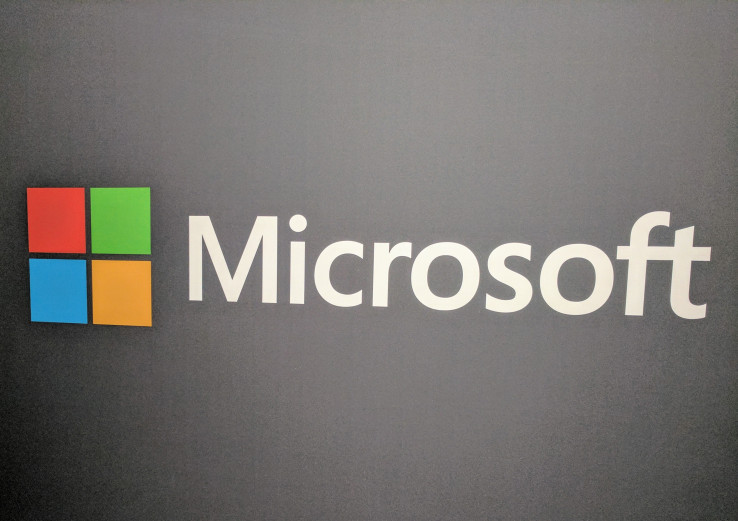

The Microsoft Graph is Microsoft’s service that lets developers get data out of its productivity apps like Office 365 and its other cloud-based productivity services. That’s not changing, but as Microsoft announced today, it’s massively expanding the reach of what the Microsoft Graph can do and where developers and users can interact with it.
In its original version, the Microsoft Graph was about connecting people and documents in a business environment — now, the company is adding devices and third-party applications into the mix and with that. This enables a whole slew of new possibilities, especially around allowing users to start tasks on one device and then finish them on another — whether that’s a Windows PC or an iPhone or an Android device.
This extended Graph will, for example, allow users to take what they are doing in an application on a Windows machine and then finish that task in the mobile version of that service on another device — maybe an Android phone. Say you are filling out a form in a line-of-business app on Android. You can start that process on Android and then finish it on your Windows PC once you get home, with the Microsoft Graph handling the data transfer and hand-off.
The new Microsoft Graph also powers a new universal, cloud-backed clipboard functionality that will launch with the Windows 10 Fall Creators Update and that allows you to easily access your clips on multiple devices. This Clipboard, it’s worth mentioning, is also integrated into Swiftkey, which the company acquired last year, so you’ll be able to easily access your clips (which could be text snippets or files) right from your iOS and Android devices, too.
Maybe the most interesting new feature of this, though, is a new Windows Timeline view that lets you look back at everything you have done on any of your Windows machines and then easily go back to this state. Developers can enable this feature in their app through Project Rome and for users, it’ll be surfaced in the Windows 10 Task View. There, once the next major version of Windows becomes available, you’ll soon see a calendar-like view with large previews of the applications that you recently use (and that support this feature).
As for supported devices, Microsoft says that basically any device where you use Cortana will become part of the graph. Indeed, Cortana looks to be the main conduit for prompting users to pick up a certain activity when they switch between devices. What’s also interesting here is that if a developer enabled support for the Graph with the help of the Project Rome SDK and you start using an app on your PC but then switch to a phone that doesn’t have the equivalent mobile version of this app already installed, Cortana can show you an alert and prompt you to install the app.
The advantages here for users are pretty obvious, though for developers, this also means that they’ll be able to re-engage their users more effectively as they move between devices.

